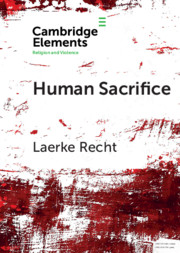Element contents
Human Sacrifice
Published online by Cambridge University Press: 08 January 2019
Summary
- Type
- Element
- Information
- Online ISBN: 9781108610322Publisher: Cambridge University PressPrint publication: 20 December 2018
Bibliography
- 14
- Cited by



